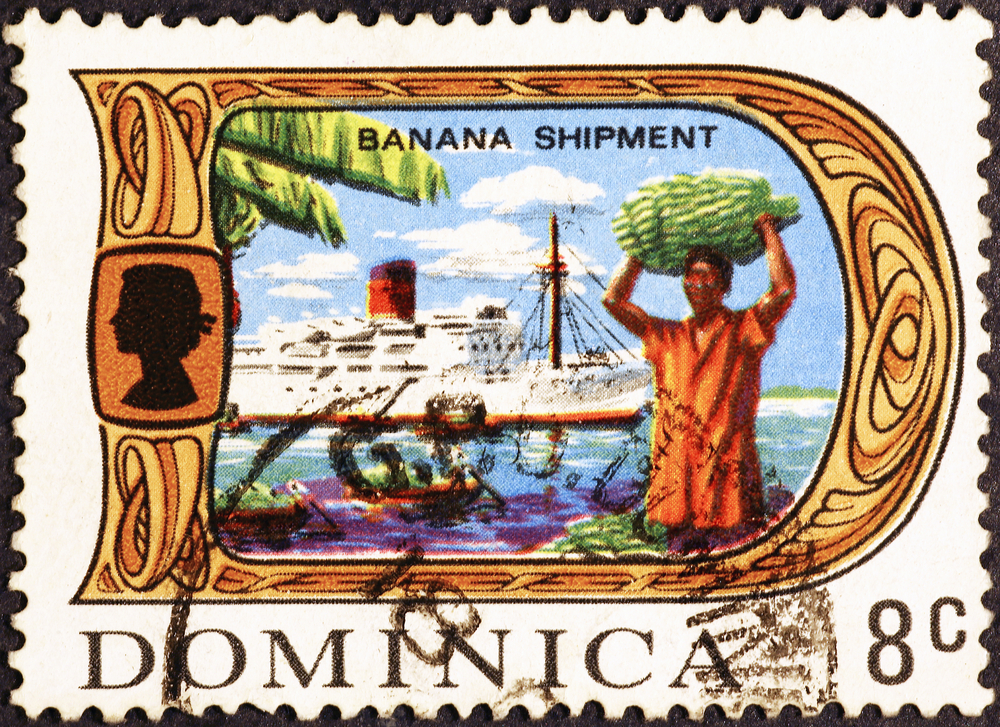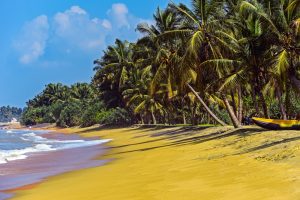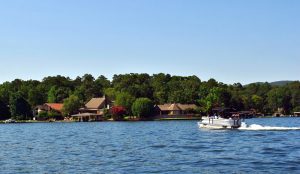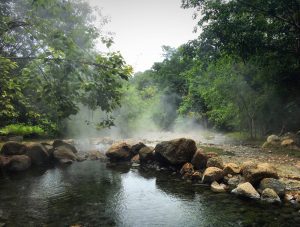Dominica is part of the Lesser Antilles, a group of islands in the Caribbean Sea, specifically in the Windward Islands in the south.
The country is best known as the “Nature Island of the Caribbean” as well as the “Breadbasket of the Caribbean” for its abundance of untouched rainforests, beautiful hot and cold springs, and tasty tropical fruits.
It is an adventure seeker’s paradise because of its diverse natural environment – from nine active volcanoes to 365 rivers and black sand beaches.
Moreover, it is home to many incredible places, including the second-largest lake on earth and rainforests with more than a thousand plant species.
Not only does it thrive from tourism, but its economy also counts on its agriculture, especially on tropical fruits. If you are to visit this beautiful country, don’t forget to visit a market and get your hands on some local goods.
Out of countless tropical fruits grown in Dominica, this article focuses on the 8 best tropical fruits you should try: avocado, banana, carambola, cocoa, coconut, guava, lemon and lime, and mango.
Learn about their characteristics and what makes these tropical fruits special in Dominica.
Table of Contents
1. Avocado

Avocado is a light to dark green pear-shaped fruit with an egg-shaped seed that is locally known as alligator pear, avocado pear, or zaboca.
There are two types of locally grown avocado: Hass (ripes purple) and Hall (ripes green), with Hass having 20% more oil content, an almond butter texture, and being available all year round.
A single avocado contains 20 different vitamins and minerals essential to the body. Moreover, it is full of soluble and insoluble fiber, which are good for digestion.
Avocados are sought out for the healthy fats – monounsaturated fats – that are found helpful to the heart and for the reduction of cholesterol levels.
Plus, avocado even acts as a cancer-preventing fruit that helps fight cancer and develop new cell growth.
The growing season of avocados is usually from August to November, after which you can enjoy a nutty and softly ripe avocado. With the availability of avocados in Dominica, it is a favorite side for salads and meals.
During Independence season, the locals make avocado and farine balls as part of the celebration. Aside from main meals and salads, it is common to make avocado shakes and desserts using various recipes.
2. Banana

Banana is the main export crop in Dominica and is produced by about 900 different smallholder farmers.
Approximately a third of workers are working in the banana industry, where they finely select top-quality bananas by removing animal droppings and defects.
In Dominica’s economy, 60 cents of a dollar is made from banana production, which is why it is considered the lifeblood of the country.
To support the banana industry, Dominica has a radio program for the sole purpose of promoting bananas and for sharing the latest news, especially when the banana boat sets sail with its weekly harvest.
However, banana production has decreased in recent years because of Europe’s unstable banana market and various diseases such as the Black Sigatoka.
Despite the ongoing difficulties faced, Dominica has focused on additional sources including harvesting other fruits and importing Black Sigatoka-resistant banana plants.
Producing bananas in the Caribbean requires suitable conditions, including light clay or medium soils, an average temperature of 79°F to 88°F, and an average rainfall of 69 in. each year.
It takes one year for young banana plants to mature to bear a bunch of bananas, which is eventually protected by spraying insecticides and wrapping it with a polybag.
Once it ripens, it is eaten or made into different kinds of food such as chips, flour, ketchup, baby food, as well as popular traditional dishes like banana cakes and fried cocoy banana, a type of banana that is usually boiled either ripe or green.
The banana’s stem is used to make cloth or rope.
3. Carambola
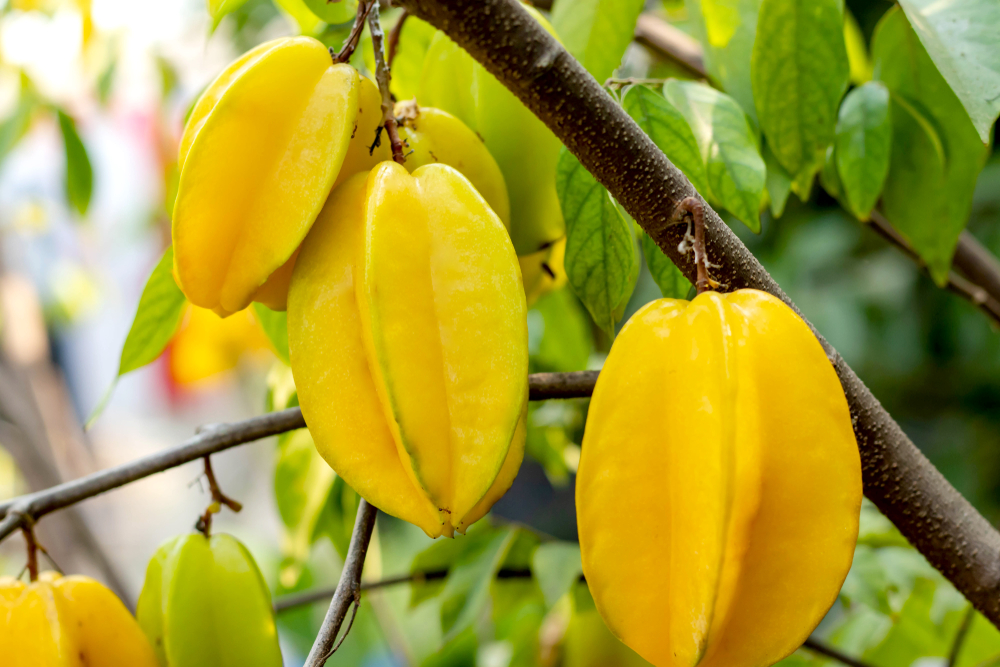
A native to Dominica, carambola is also known as five fingers or star fruit, which is recognizable for its star shape and glossy green or purple skin.
When cut open, it has purple and white crunchy flesh that is either sweet or tart to taste.
It bears fruit all year round and must be consumed shortly after ripening, especially when it turns yellow. If it is overripe, it is indicated with brown spots and a bland taste.
It can be eaten raw or used for recipes including salads, juices, jams, and several dishes. Although carambola is a great source of vitamin C, it poses several health risks due to its caramboxin and oxalic acid components.
These substances are deemed damaging to persons with kidney problems and can cause kidney failure and kidney stones. If eaten by vulnerable persons, they may experience intoxication, nausea, vomiting, seizure, and even death.
Aside from food consumption, carambolas are also used as decorations for their colorful and attractive fruits, as well as pink flowers. Carambolas with an acidic sour taste can be used as a rust cleaner or bleach for clothes.
4. Cocoa
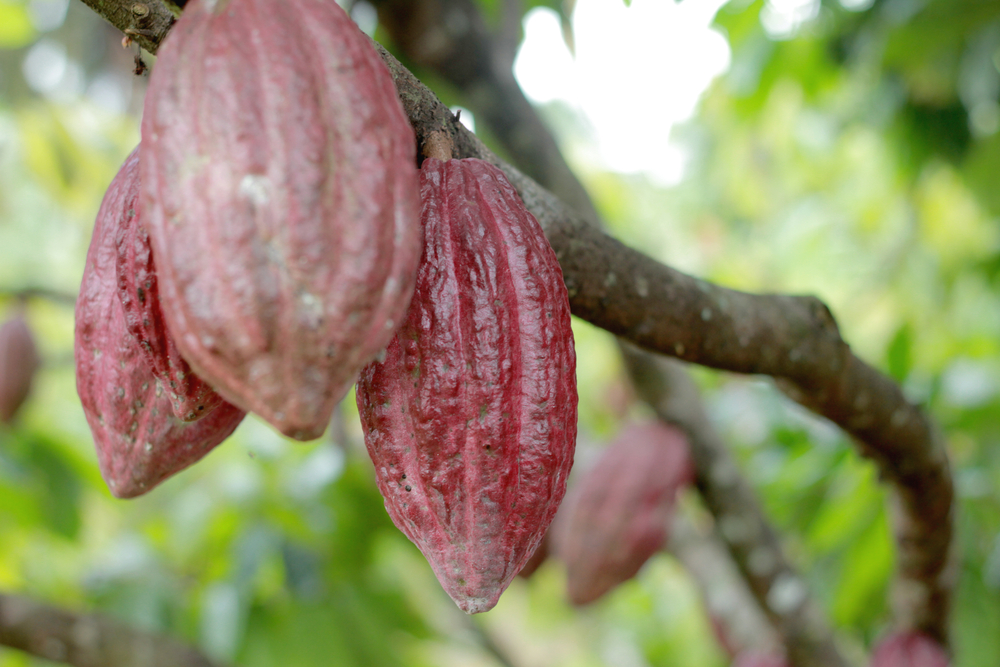
Cocoa is abundant in the Caribbean Islands because of its ideal climate and environment, having hot rainy weather and dense rainforests.
Cocoa production used to be a major industry in Dominica’s economy but was severely damaged by Hurricane Maria in 2017, leaving acres of abandoned farms.
In spite of the devastation, Dominica is seeking to revive its cocoa industry by rehabilitating 400 acres of cocoa fields, improving its quality, training farmers, and establishing a buying and production system.
To learn more about the production of cocoa, Dominica has two cocoa estates: Bois Cotlette Estate and Pointe Baptiste Estate.
These estates give the ultimate chocolate experience by showing how chocolate is made and turned into bars and sweets. Moreover, booking a tour with them gives the opportunity to taste, buy, and learn more about cocoa.
Cocoa is a fermented seed that can be eaten raw or transformed into food or drinks. Each pod typically holds about 40 beans inside it, and approximately 600 beans are needed to make 2 lbs. of chocolate.
In Dominica, cocoa sticks are used to make the popular drink cocoa tea, which is best combined with milk, nutmeg, and cinnamon.
When opening a cocoa pod, the seeds are covered with white pulp that can be eaten and sucked and can also be made into a juice that has a sweet, lemon-like taste.
5. Coconut

Coconut is another major crop in Dominica which has produced 11,000 tons of coconuts in 1999 and 6,880 tons in 2020.
It is used to produce Dominica soap, which is manufactured by Dominica Coconut Products, the largest manufacturer in the country.
Aside from soap, it is also used to make coconut oil, one of Dominica’s main products.
If you’re interested in seeing coconut trees, Dominica’s Coconut Beach is a popular tourist destination in Portsmouth, known for its brown sand and clear blue waters as well as various water activities such as kayaking, jet-skiing, and swimming.
One of the many challenges of harvesting coconut trees in Dominica is pest infestation, including the red palm mites.
The government has already invested more than a million dollars in research to fight the pests and focus on solutions that require parasitoids and natural predators to kill the mites.
Coconuts can be used to make various forms of food and material including coconut water, flour, milk, butter, and vinegar.
Moreover, its husks and shells are used as charcoal, fuel, floor wax, bowls, and musical instruments, while the coconut leaves are used as brooms and the roots can be turned into mouthwash.
6. Guava
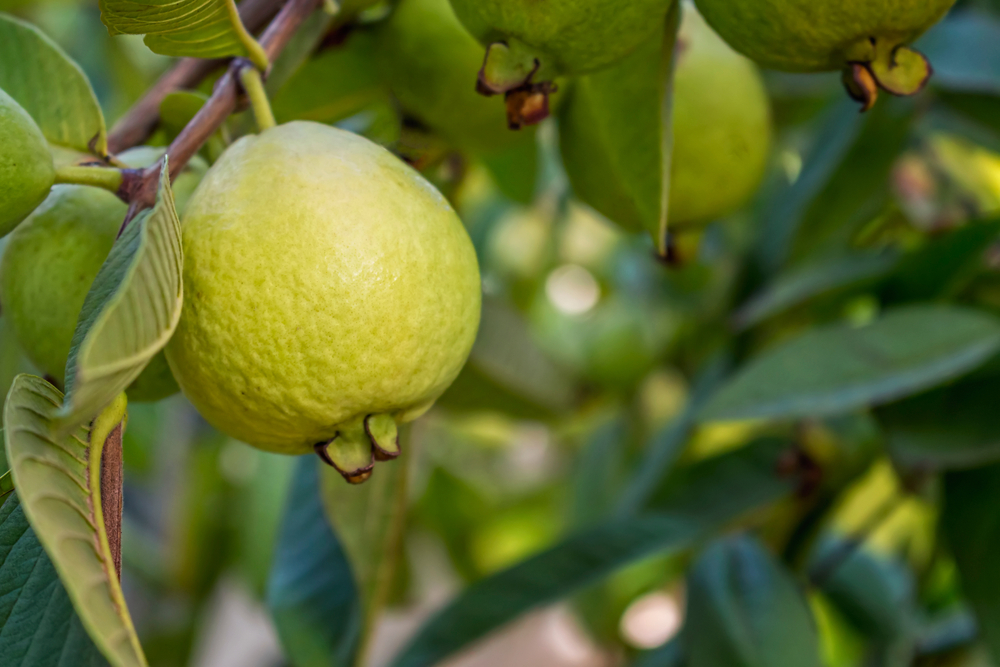
Guava production is one of the small industries of Dominica. These fruits can be white, red, or yellow, with white being the largest among them.
Guava is similar to an apple, but it has more vitamin C and fiber compared. The flesh is red and full of small, indigestible seeds.
When the guava is half-ripe, it can be used to make desserts like pudding and tarts. Generally, it is best enjoyed either green or ripe.
The guava is boiled to make juice, jelly, or pastry. It is common to find them in the market from May to November.
Besides the fruit’s benefits, its tree has a number of other uses as well. For instance, the stem is used to make boats, canoes, and baskets.
7. Lemon and Lime

Citrus production is a major industry in the Caribbean Islands, especially lime and lemon production in Dominica. In 1999, Dominica produced about a thousand tons of lemons and limes.
However, lemon and lime production decreased in recent years as market consumption also decreased. When it comes to lime products, Rose’s Lime Cordial is the world’s first fruit concentrate preserved without alcohol.
Lemon is commonly used as a recipe ingredient or drink.
8. Mango

Also known as mangue, mangos are sweet and fibrous fruits that turn yellow, red, or orange when ripe. Mango has several types that vary in consistency, taste, and color.
Whether it is ripe, green, or half-ripe, each stage of a mango can be used for food and drinks.
In Dominica, mangoes are commonly used for juice, sorbet, and ice cream. It can be sliced or cubed for salads, sauces, juices, and toppings for dishes.
Alternatively, it is a popular ingredient to make desserts like pies and cheesecakes. If not eaten, the locals like to climb mango trees or simply seek shade to cool off from the heat.
From the sap to the leaves and bark, each part of a mango tree has a purpose. Mango is a superfood packed with essential nutrients including vitamin C, vitamin A, and vitamin B.
It is highly beneficial in lowering blood cholesterol, preventing cancer, and aiding the digestive system.

